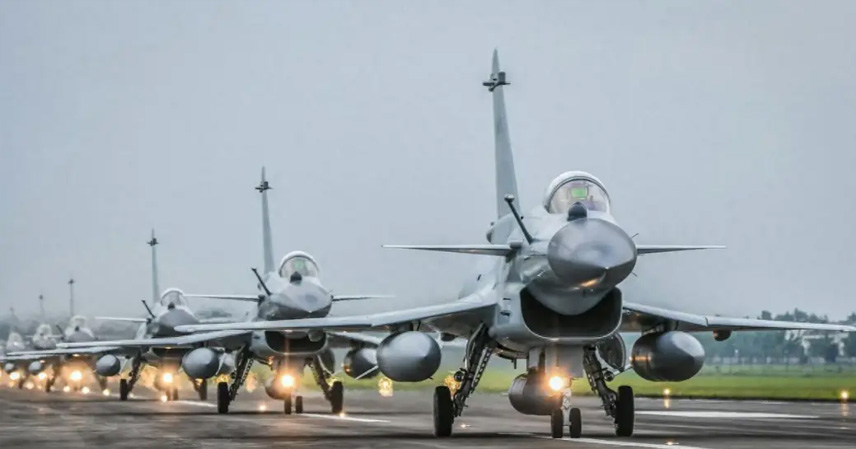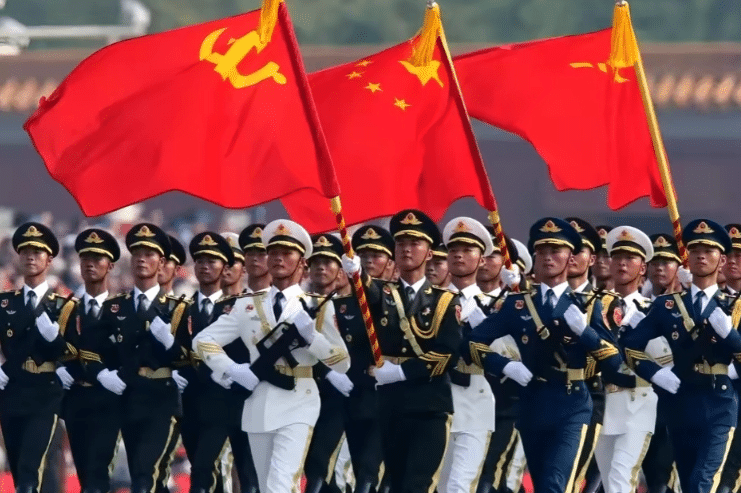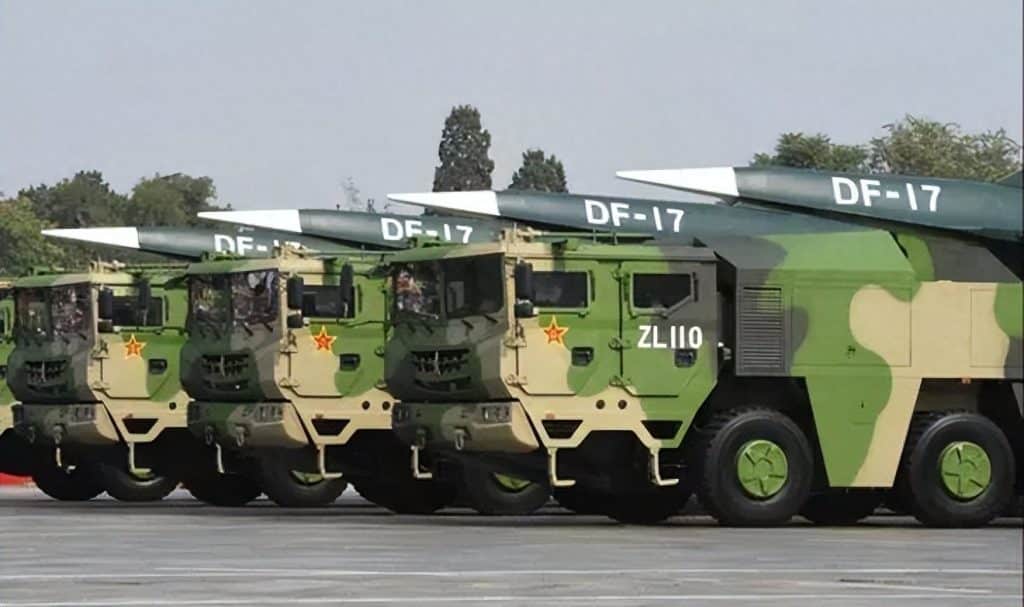In the global military landscape, a single air battle may not alter the course of world history, but it undoubtedly uncovers many hidden truths. On May 7, 2025, the India-Pakistan air battle drew unprecedented attention worldwide. This fierce conflict, dubbed the “largest beyond-visual-range air battle in history,” continues to spark extensive discussions within the international military community. Pakistan’s Air Force’s announcement and subsequent analysis reveal a new facet of modern warfare and the potential threats of the future.
First, we cannot overlook the direct results of the air battle. The Pakistan Air Force claimed to have downed six Indian aircraft, including four French-made Rafale fighter jets, a result that stunned many military experts. However, the situation is not as simple as it seems. In later reports, Pakistan clarified that this result was not the earlier-reported 6:0. The true situation has yet to be disclosed, as Pakistan intends to strike India strategically at the right time, rather than revealing all of their cards at once. The actual losses could potentially drive India to despair.
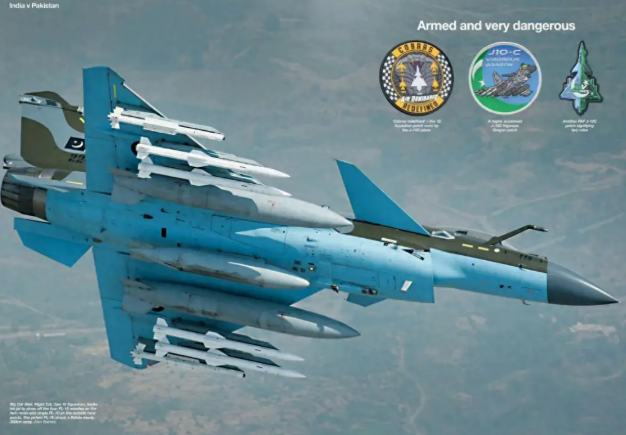
Pakistan’s victory lies in the outstanding performance of its equipment and innovative tactics. The combination of the J-10C “Vigorous Dragon” fighter and the PL-15E long-range air-to-air missile became the key to success in this intense air battle. This combination not only demonstrates advanced technological strength but also highlights the rise of Chinese military manufacturing. The PL-15E’s significant range advantage allows it to lock onto targets from 160 to 190 kilometers away, whereas India’s Meteor missile hovers around 150 kilometers, at a clear disadvantage. These technical parameters reflect a deep understanding of modern air combat.
Notably, Pakistan employed a “silent engagement” tactic during the battle, shutting down radar and transmitting information via data links. This tactical innovation deprived the Rafale’s SPECTRA electronic warfare system of early warning opportunities, adding tension and suspense to the air battle. In this regard, Pakistan’s Air Force command structure and combat readiness clearly had the upper hand.
Additionally, Pakistan’s network warfare capabilities were also significant. They used their own satellites and drones for around-the-clock intelligence gathering and swiftly severed the data connection between India’s S-400 air defense system and their fighter jets at the start of the conflict. This integration of multi-domain operations represents a new form of modern warfare—seamless connectivity between cyberspace and the physical battlefield.
From this perspective, although India’s Air Force is equipped with advanced technology, it is lacking in overall system integration and command control. Even with high-end aircraft like the Rafale, without effective command and control and thorough electronic warfare preparation, hardware advantages alone are insufficient.
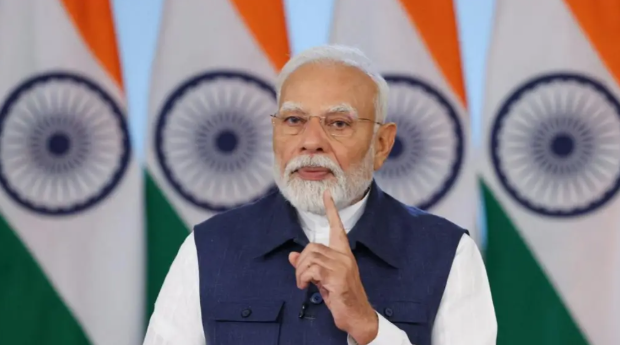
Through this air battle, we also witnessed the rising prominence of Chinese weapons on the international stage. Following Pakistan’s success, the world began reassessing the actual combat capabilities of Chinese military products. The ability to form combat-ready forces in a short period became the focus of attention from other nations. Pakistan revealed that from signing the contract to delivery, it only took eight months, demonstrating the efficiency and reliability of Chinese military manufacturing.
What was even more remarkable was that Pakistan used the JF-17 fighter equipped with the CM-400 missile to precisely destroy India’s S-400 radar system, showcasing a new air defense suppression strategy of “offensive defense.” The use of this unconventional tactic made the future air combat landscape even more unpredictable. It is conceivable that in future military conflicts, whoever can efficiently integrate multiple combat forces will gain the upper hand in confrontation.
At the same time, India’s reaction is equally noteworthy. Although India tried to downplay its real losses, its rush to make secondary procurements and strengthen its Rafale fighter fleet exposed its inner anxiety. Indian Air Force Chief General Singh’s statement, while claiming that the ceasefire was due to economic and strategic considerations, could not mask the harsh reality of their losses. Such contradictory actions highlight India’s weaknesses.
Relying solely on imported advanced equipment will not fill the gaps in the combat system. India needs to seriously review its military structure, enhance command capabilities, and improve overall combat efficiency. Otherwise, even with more Rafale jets, it will remain unable to change its passive role in modern warfare.
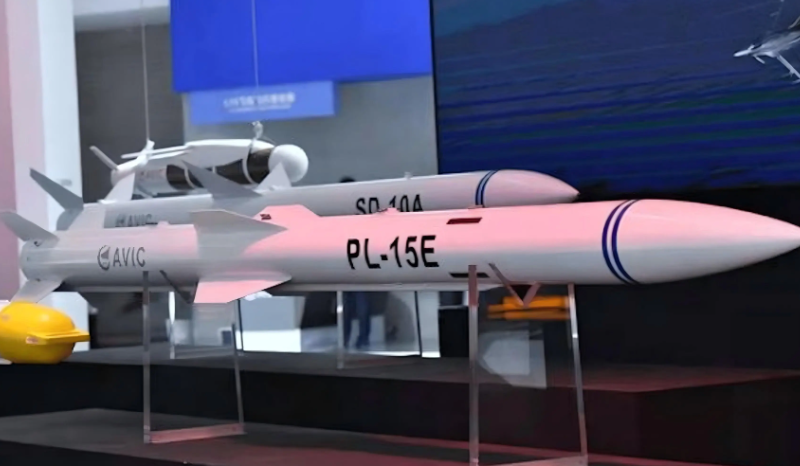
This India-Pakistan air battle is not just a clash between two countries but a preview of future wars. It marks the end of the “platform-centered warfare” era and the rise of “system-based intelligent warfare.” Whether in space, cyberspace, or electromagnetic domains, nations that can effectively integrate resources and control the battlefield will lead the new era of global military competition.
For the global military landscape, the air battle on May 7 is not just a historical milestone; it is reshaping the world’s understanding of modern warfare. In the future, military cooperation and competition will become increasingly complex, and the skies of South Asia will become a protracted battle of technology, strategy, and psychology.
In conclusion, whether for Pakistan or India, this air battle will be a turning point. The lessons learned during this conflict will influence strategic deployments for years to come. At the same time, we will witness how Chinese military manufacturing continues to write new chapters in the international market, enhancing its global influence.

